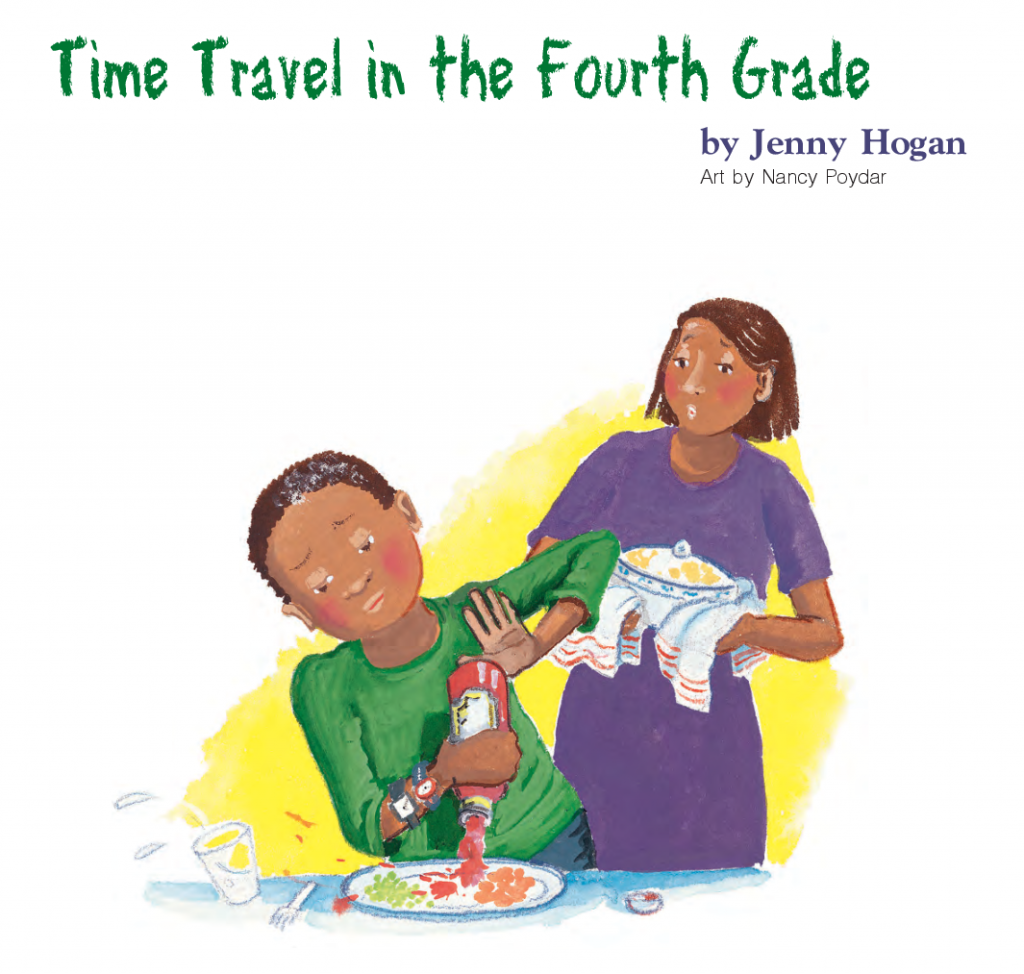Many kids will soon be facing the insurmountable challenge of coming up with a “COOL” yet still-worthy-of-an-A science project topic. We put a lot of pressure on ourselves (and our kids) to create the next baking soda volcano: Something that explodes, lights up, makes noises, or otherwise attracts the biggest crowd, but still remotely resembles a scientifically-proven result to a hypothesis.
There are books and websites devoted to science project topic ideas. I don’t want to knock those at all, because, as a busy-working-mother, it’s quite handy to have a catalog of materials, estimated time the experiment will take, and most importantly, the correct spelling of all the ingredients listed out for you. But, as a build-their-curiosity-mother, I also encourage you, and your kids, to use those resources as a last resort.
My issue with the pre-fab science projects is we already know the answer! In most cases, the experiment tells you what to expect. Meanwhile, think about the number of answerless questions your children ask every day. From “Why does my dog like to sniff other dogs’ bottoms” to “How come this bank line is sooooooooo long?” Believe it or not, any one of these questions can become a science experiment.
There are so many aspects to science that rarely get covered in a traditional science fair, and unless the teacher has provided guidelines about what is not allowed, you should consider letting your kid find out the answer to some of his or her questions in the name of new science experiments. Delve into the world of social sciences, psychology, or behavioral sciences, for example.
To answer the two questions posed here in science fair fashion, have your child research dog cognition and animal behavior. She or he can then present a science project about how chemicals (disguised as scents) are a means of communication in the animal world and how the anal sac is a gland that … uh… has a lot to say. You’ll draw a huge crowd for the EWWW factor, if nothing else.
For that second option, have your child visit the bank a few times to record patterns of bank traffic, then draw logical a conclusion about which times of day and/or days of week might draw the longest lines (my hypothesis is lunchtime on a Friday, when people get paid). I’d recommend notifying the bank of this plan ahead of time to ensure your child won’t be under suspicion of stalking the premise to plot a robbery. When the results are tabulated, the kids may not pile around this science project board, but the adults will clamor for it.
A friend of mine just told me she proved the old saying “Red sky at night, sailor’s delight. Red sky in the morn, sailor’s be warned.” in her elementary school science fair by taking pictures of the sunrise and sunset for a month and comparing the weather. That sounds like a phenomenal (and super fun) science project.
If your kids are not quite at science project age yet, this would be a great time to start writing down some of the things they quandary about. “Why is the sky blue, mommy?” could be an extraordinary science project someday. And for some science fair-related entertainment, check out the story “Time Travel in the Fourth Grade,” which appeared in Spider Magazine a few years ago.
Cricket Media Mama dares her kids to ask her “what’s for dinner” because that has “guess what your next science project is” all over it.




